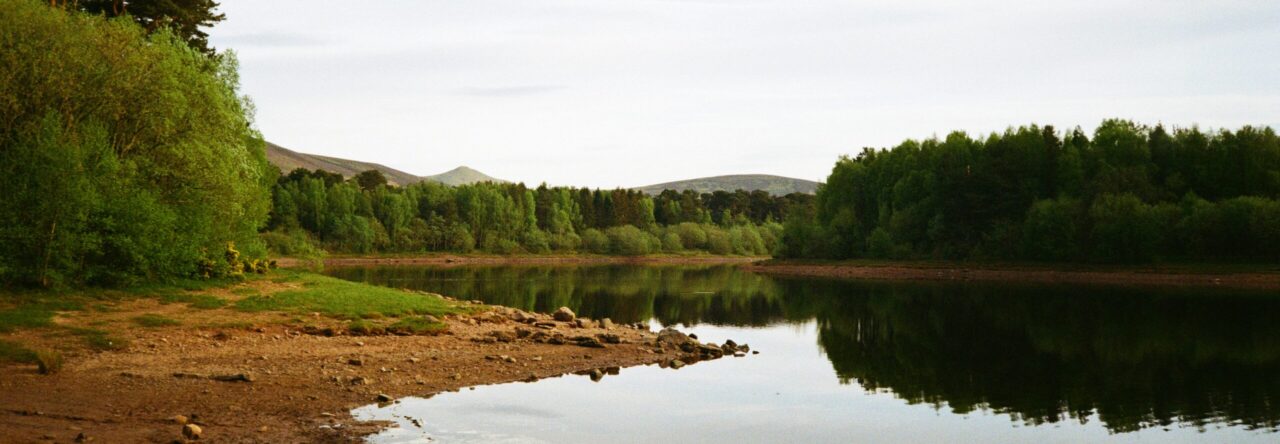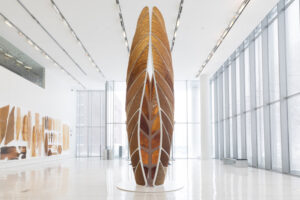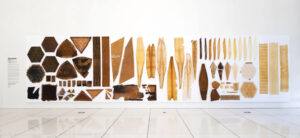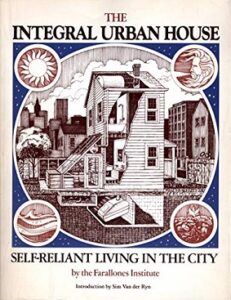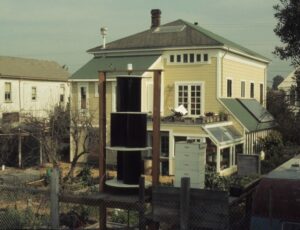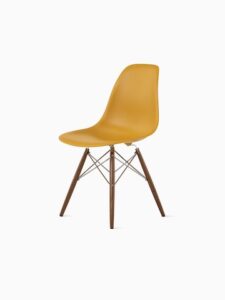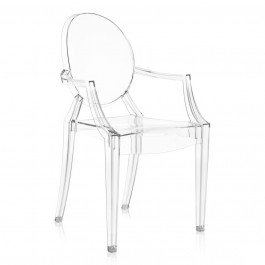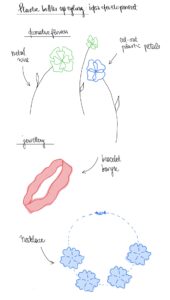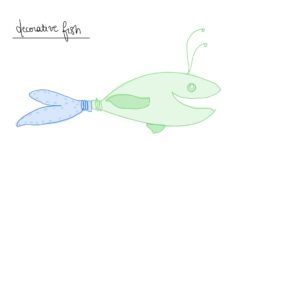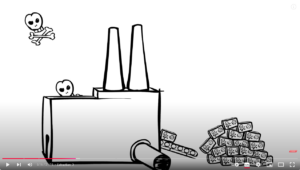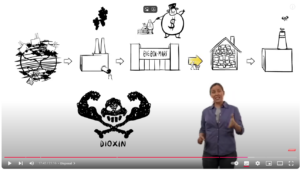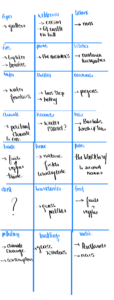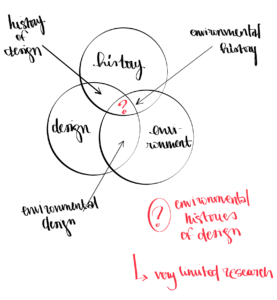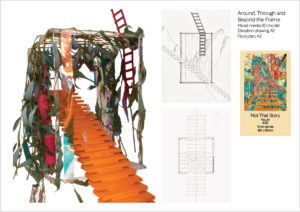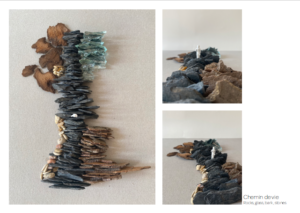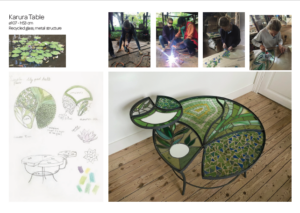Hi!
For the last blog entry of the course, I want to write a little reflection and summarise the key things I have learnt throughout this course.
Even though I thought of myself as someone who deeply cared about the environment before, taking this course completely reshaped my understanding of the interconnectedness between built environments and ecological systems. The learning experience revealed a depth and complexity that initially felt overwhelming, as I was far from imagining the extent of the environmental emergency we are in, but soon became an inspiring and motivating force. It not only introduced me to foundational principles of sustainability and its evolution over time, but it also deepened my appreciation for the role designers play in fostering sustainable futures.
For me, one the biggest learning outcomes was moving my understanding of (environmental) design beyond a materialistic point of view to a more philosophical one. This course thought me to consider the broader responsibilities, ethics and cultural implications that come along design when trying to create harmony between human activities and the planet, and not just the aesthetic and functional characteristics of it. Exploring how that relationship between the environment and design has evolved over time and how designers have adapted to it, has also deepened my understanding of it.
Another skill that I feel I really improved throughout this course is the ability to find and, more importantly, critically engage with academic sources in the field of design. I got to develop a vocabulary which allowed me to express what would be clear in my head but that I always struggled to back up with words.
Something else I have discovered over this course is my love for debates, which is something I had never done academically before. I really saw the benefits of challenging perspectives and discussing with my peers in other design sectors. Sometimes it would reinforce the ideas I already had, and sometimes completely changed where I was standing. It pushed me to think critically, challenge my assumptions, and refine my perspective.
